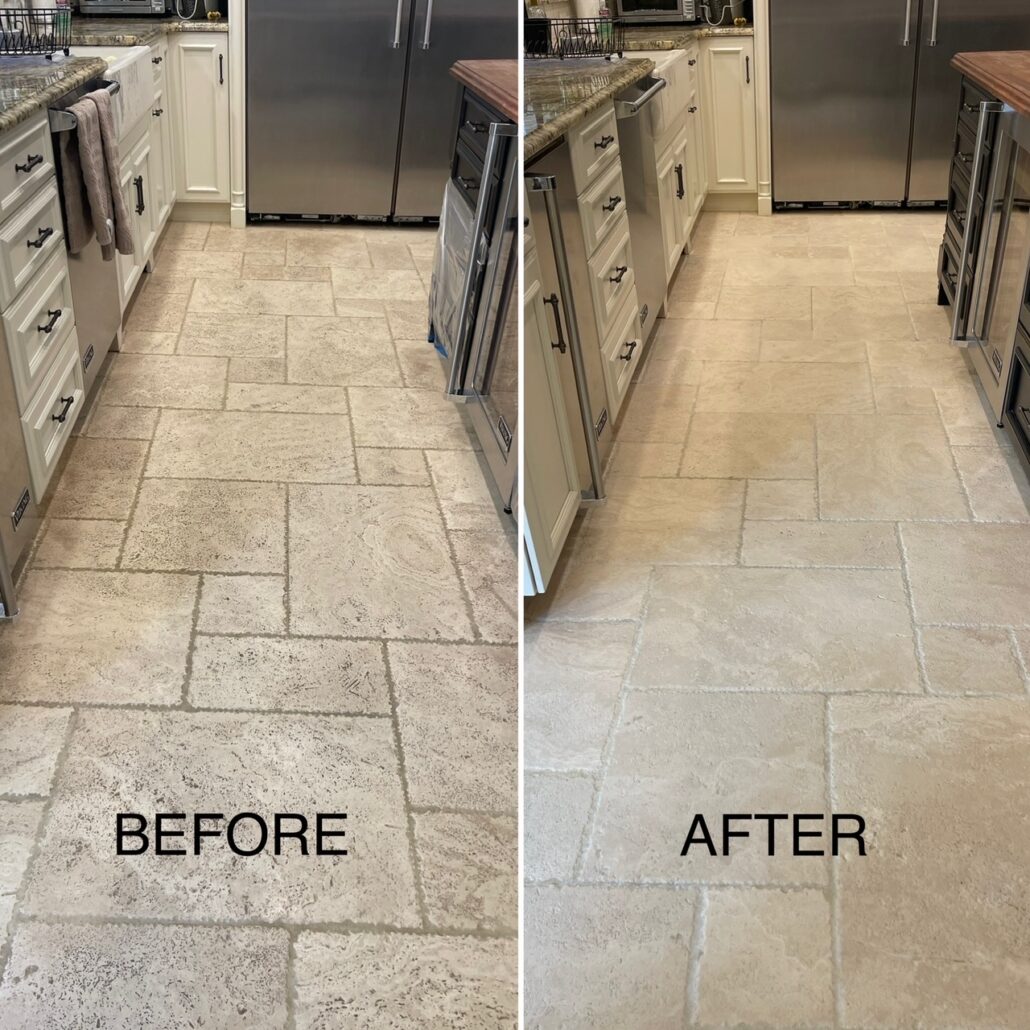Restoring your house can be a satisfying journey, especially when it requires the restoration of stone surfaces. Natural stones, whether they are in your kitchen, washroom, or exterior areas, not only bring sophistication to your abode but also symbolize durability and everlasting charm. However, over time, these surfaces can endure wear and tear, losing their shine and diminishing in beauty. Knowing where to start can make all the difference in transforming your stone surfaces back to their original charm.
In this resource, we will investigate effective methods for restoring stone that you can execute, whether you decide on a DIY approach or choose to hire professional assistance. We will also discuss common mistakes to watch out for and methods to prevent them, ensuring that your stone restoration endeavor not only enhances your home’s aesthetic appeal but also maintains its stability. If you’ve been wondering if it’s appropriate to refresh your stones, or if you’re set to enter the world of home restoration, this comprehensive guide will provide you with the knowledge to make wise choices and create a stunning, revitalized space.
Five Common Errors in Rock Repair
One common error in stone restoration is failing to adequately evaluate the state of the stone prior to beginning the project. It is crucial to comprehend the type of stone and its specific needs. Many homeowners jump straight into cleaning or repairing before evaluating fissures, stains, or deterioration. This can result in inappropriate treatment practices that may further harm the stone rather than restoring it.
A different error is using strong agents or improper tools for cleaning. Natural stones, such as marble and granite, can be vulnerable to acidic or abrasive substances. Using the incorrect cleaning solutions can not just remove the surface of any protective sealant but also etch or stain the stone. Always select pH-balanced, stone-specific cleaners and appropriate tools to preserve the quality of the surface.
Finally, overlooking regular maintenance after restoration is a frequent error. Restored stone surfaces require continuous care to maintain their look and durability. Failing to seal the stone or shield it from spills can result in the same problems that prompted the restoration in the first place. Establishing Check over here is important to ensure your expenditure in stone restoration endures for years to follow.
Top Techniques to Preserve Your Stone Surfaces
To protect the beauty and durability of your stone surfaces, consistent cleaning is essential. Use a pH-balanced cleaner tailored for stone, as harsh chemicals can harm the finish and composition. After cleaning up, it’s important to dry the surfaces well to prevent water spots and mold growth. Using a gentle scrub can help remove any persistent stains to prevent scratching the stone.
A different effective strategy for protecting stone surfaces is applying a good sealer. Sealants create a defensive layer that protects against stains and moisture penetration. It is wise to refresh the sealant annually or as advised by the instructions, especially in high-traffic areas or spaces exposed to spills. Keeping a consistent sealing schedule will greatly enhance the life of your stone surfaces.
Moreover, placing rugs in entryways and high-use areas can help minimize wear and tear. These protective covers absorb dirt and debris, thereby preventing scratches and harm to the surface. Be mindful of using coasters under cups and not setting hot items straight on the surface to reduce thermal shock. All these steps combined will make sure that your stone surfaces remain visually pleasing and in great condition for years to come.
DIY vs. Professional Stones Restoration
When considering stone restoration, many homeowners confront the choice of taking on the job independently or employing a professional. DIY stone restorations can be appealing due to its cost-effectiveness and the fulfillment of completing a project independently. With the right tools and resources, homeowners are able to frequently handle small repairs, cleaning, and maintenance tasks. Nevertheless, it is crucial to assess the severity of the damage and the types of stone involved. Basic tasks are usually manageable, but extensive damage or specialized stone types often necessitate professional help.

Conversely, professional stone restoration companies offer a vast amount of experience and expertise that can ensure the job is completed correctly. Professionals often have access to advanced tools and products that are not readily available to the average homeowner. They can also provide customized solutions that take into account the specific characteristics of the stone, which can avert further damage and prolong the lifespan of the surfaces. In the end, investing in a professional can conserve time and give peace of mind, especially for complex restorations.
Choosing if to go the DIY route versus the professional route often comes down to personal skill level, budget, and the specific needs of the restoration. For those with experience in home improvement and a good understanding of construction, a DIY method may be adequate for smaller issues. Yet, complicated restorations or expensive projects are generally best left to the professionals, making sure the restoration enhances the home’s beauty and longevity without jeopardizing damage.
